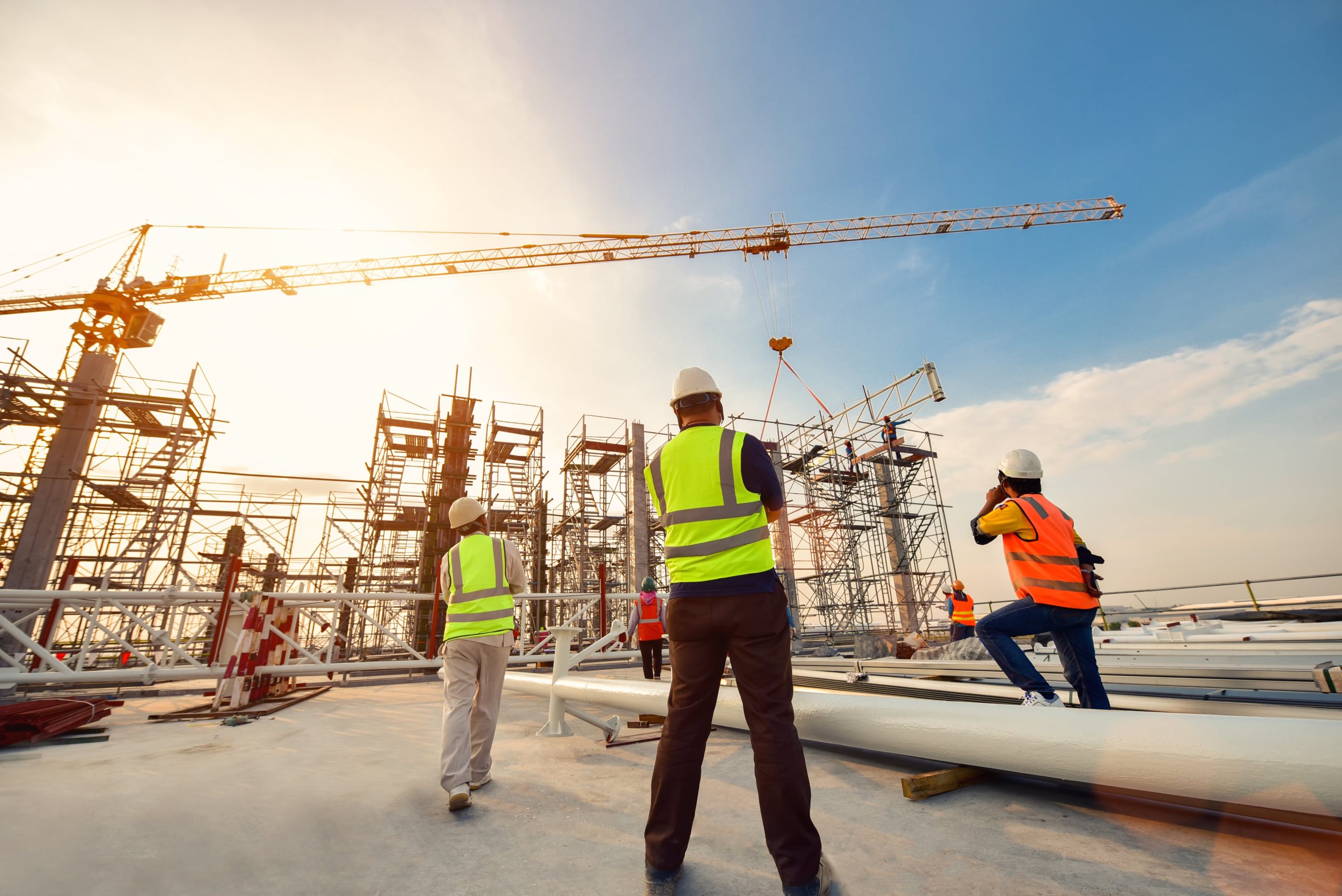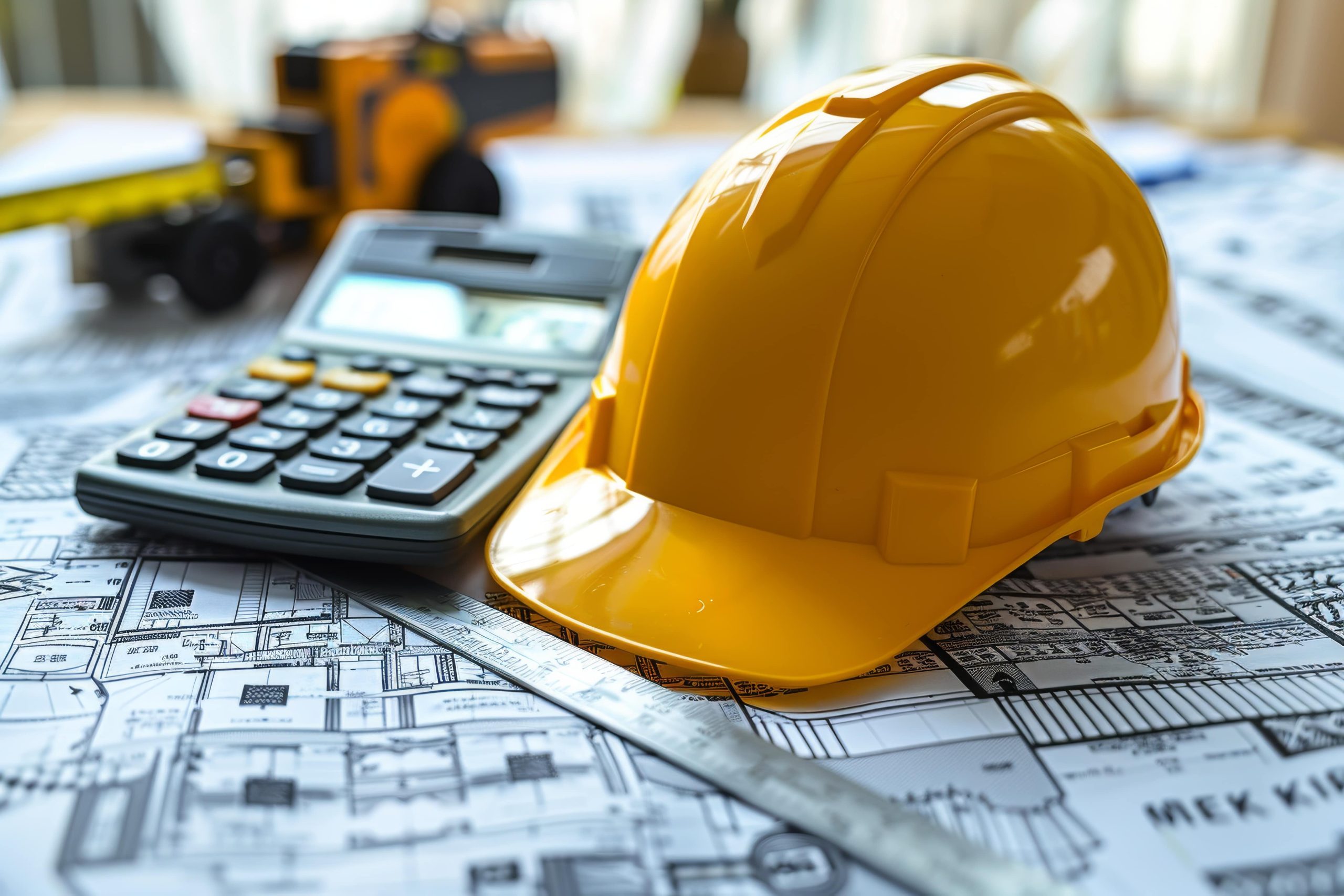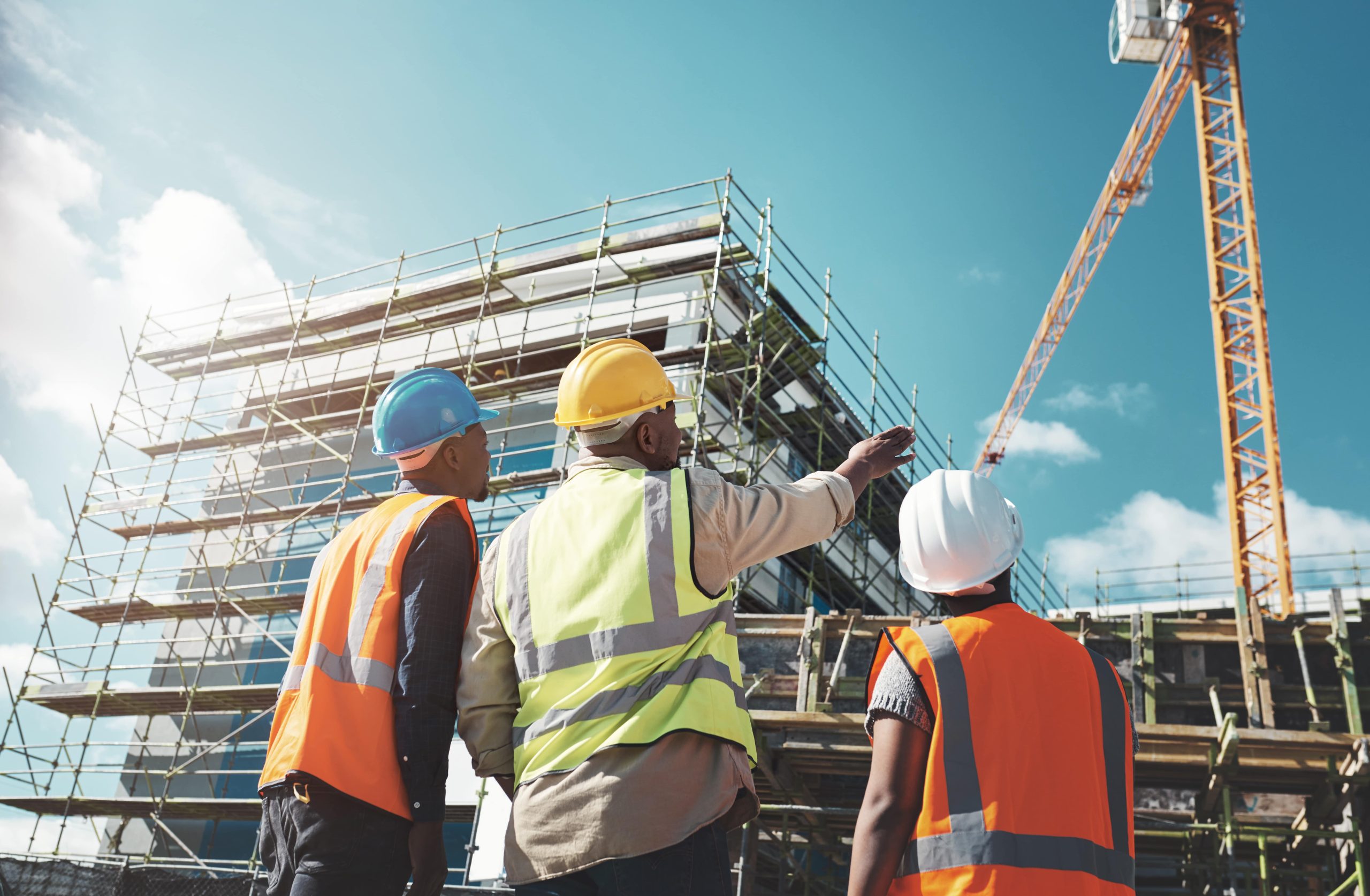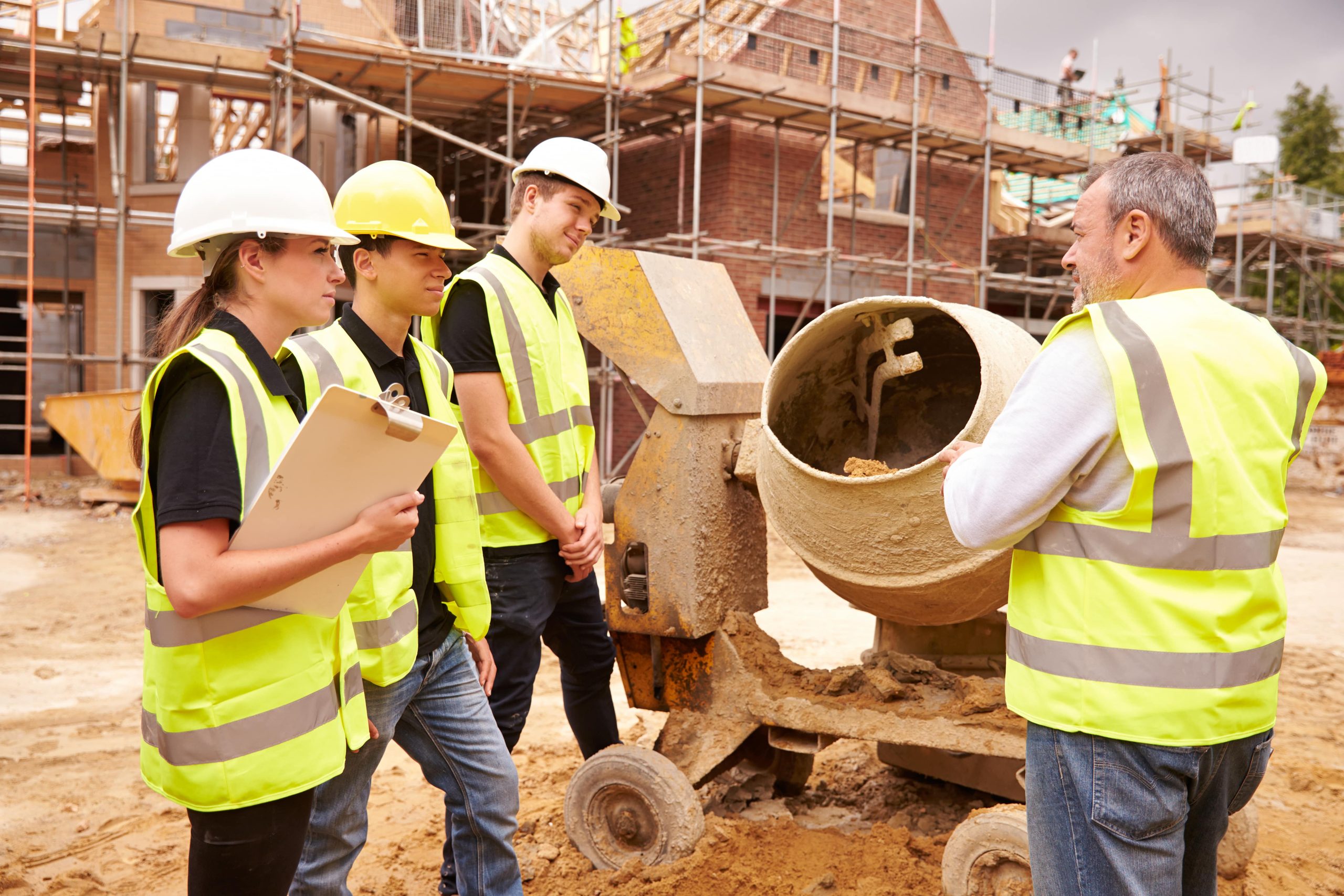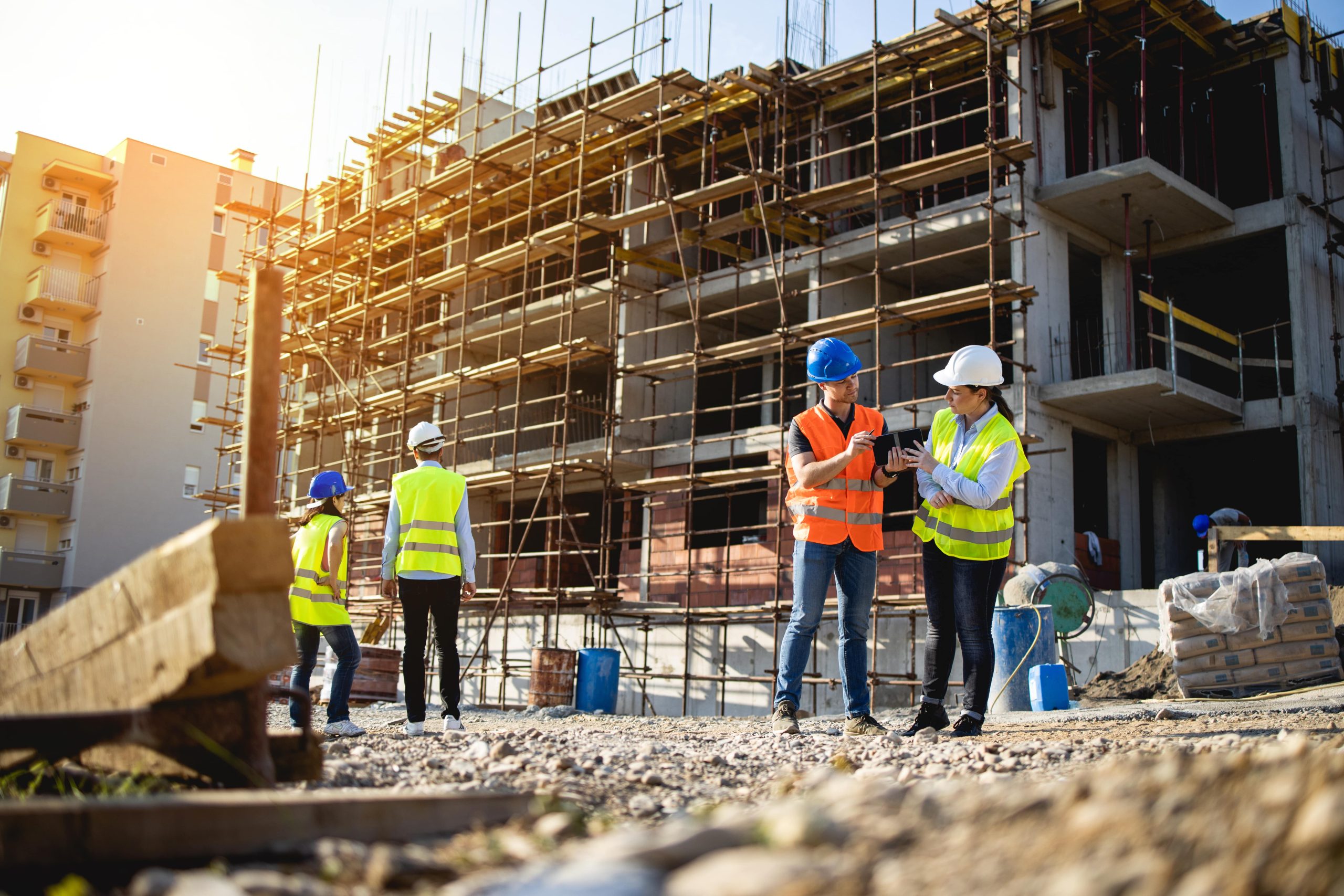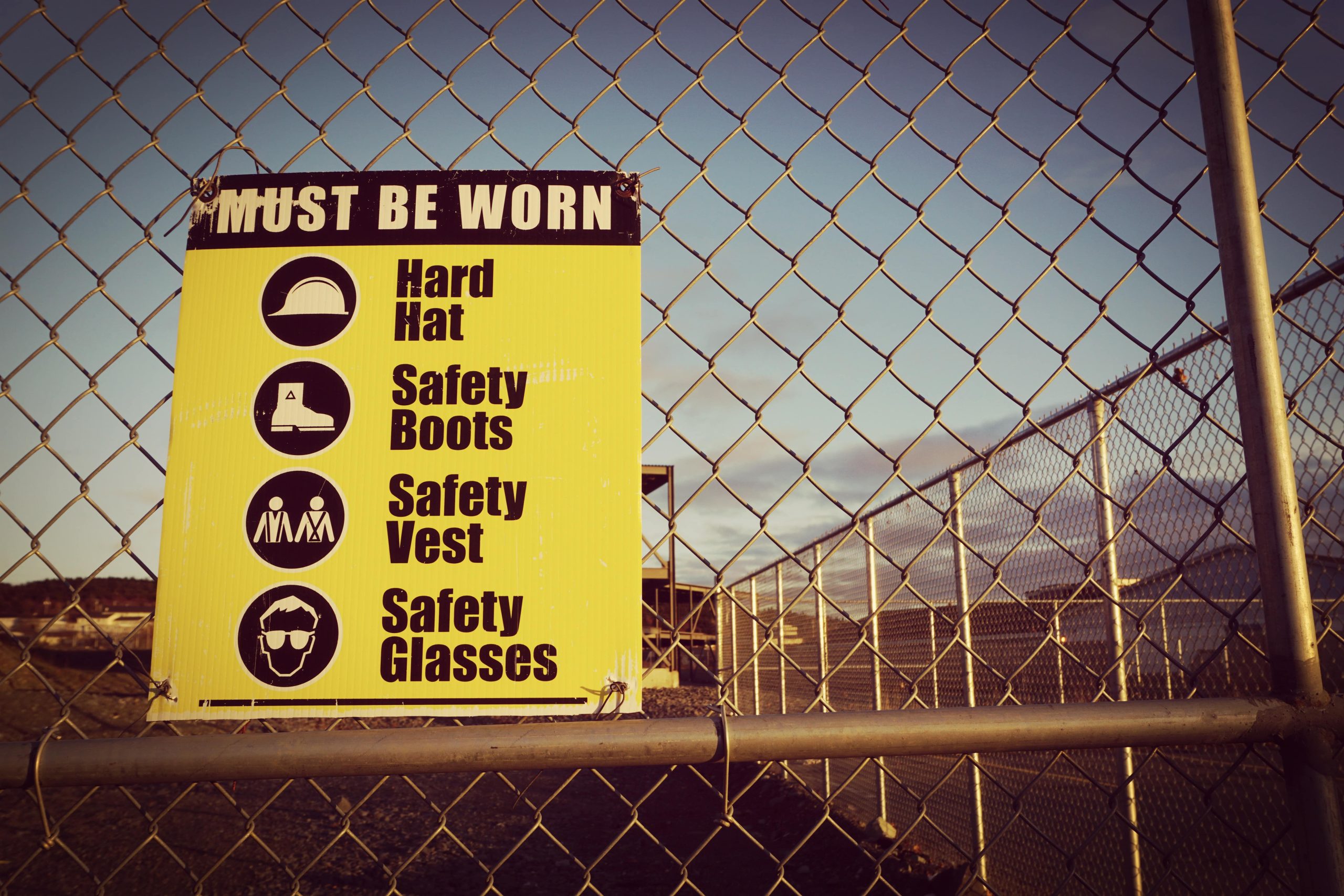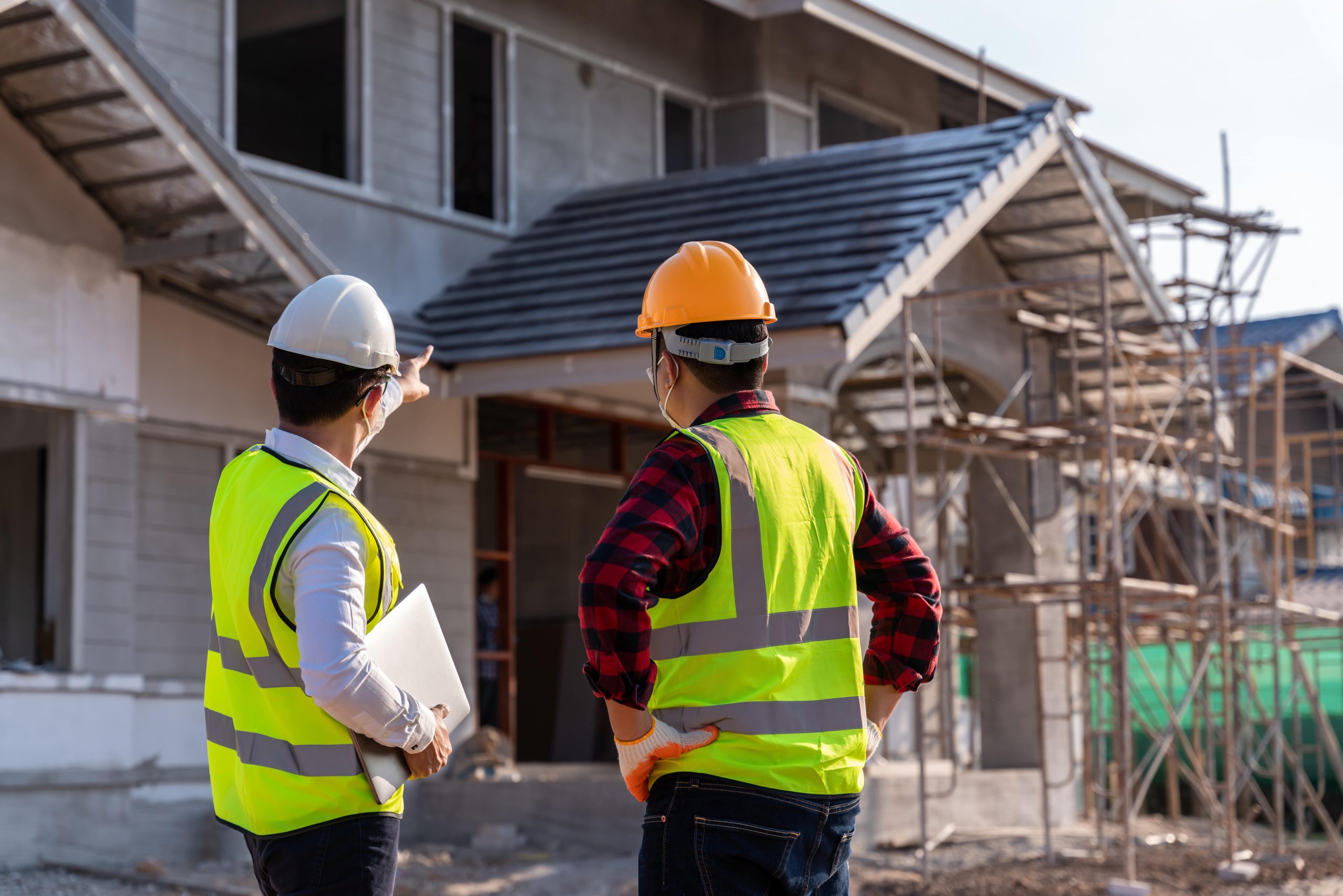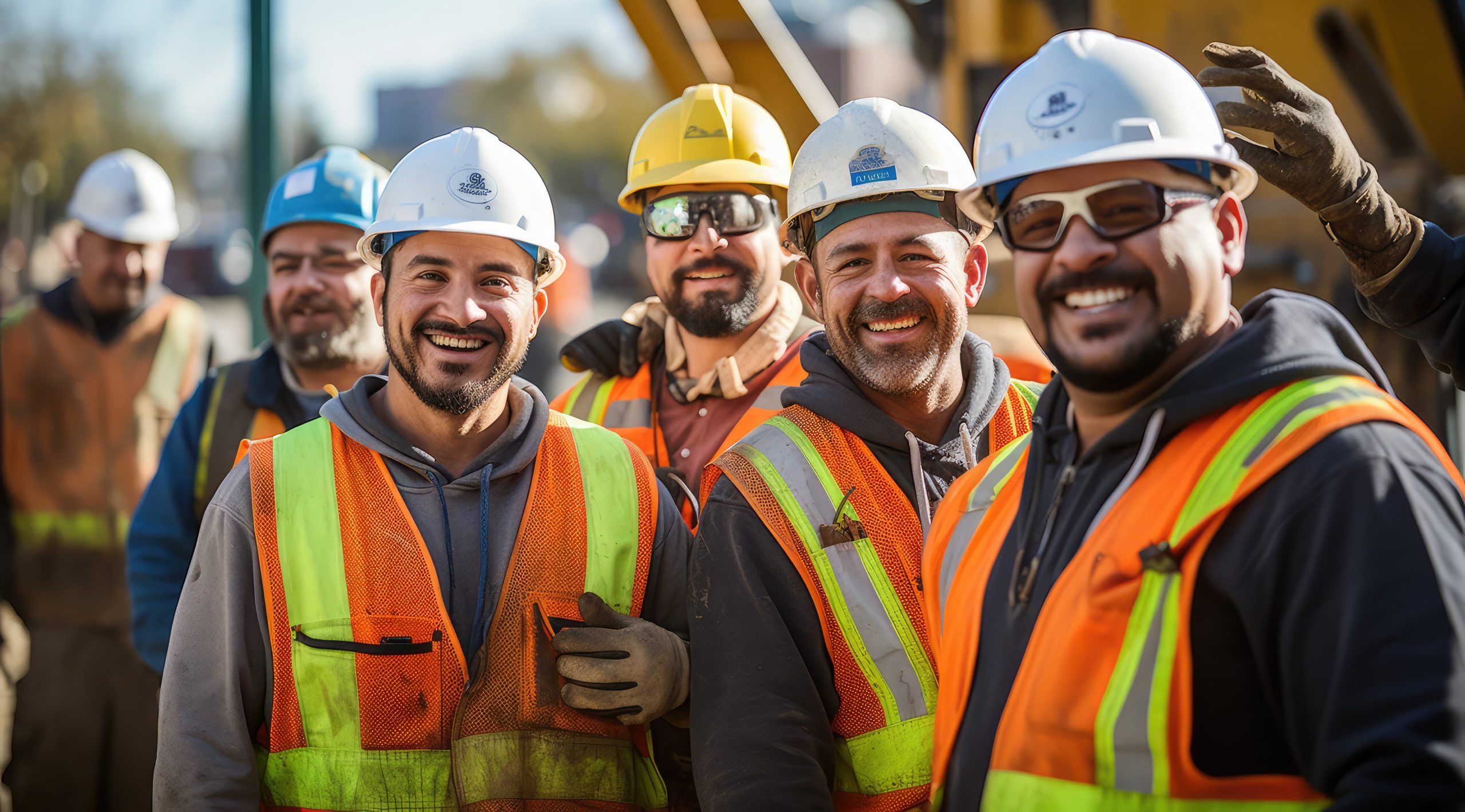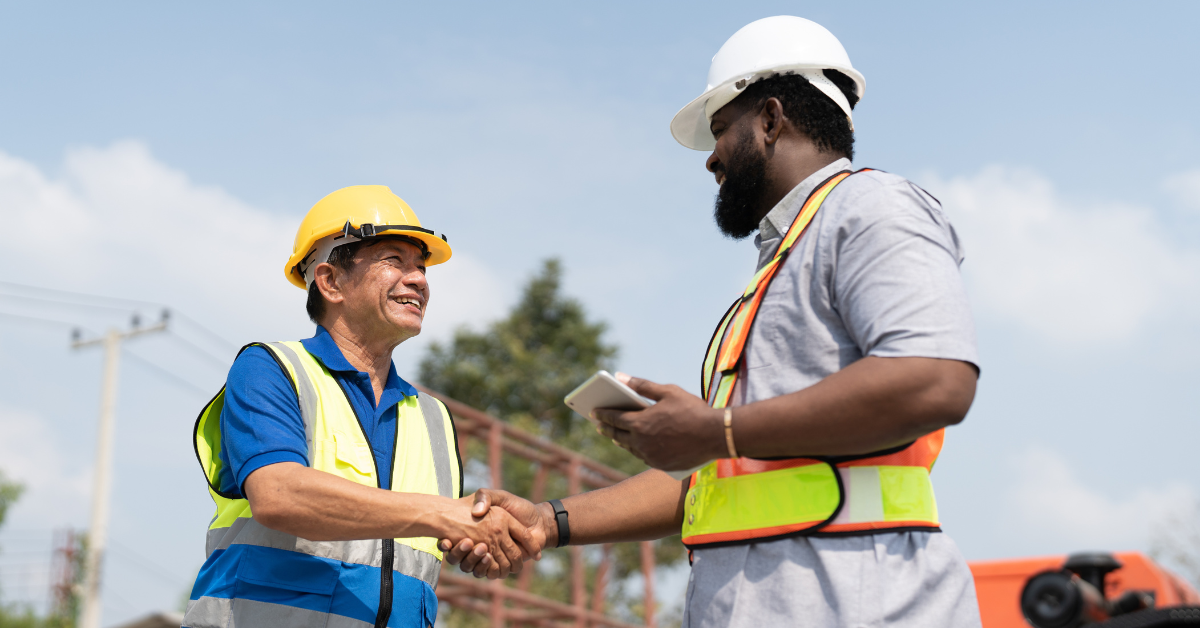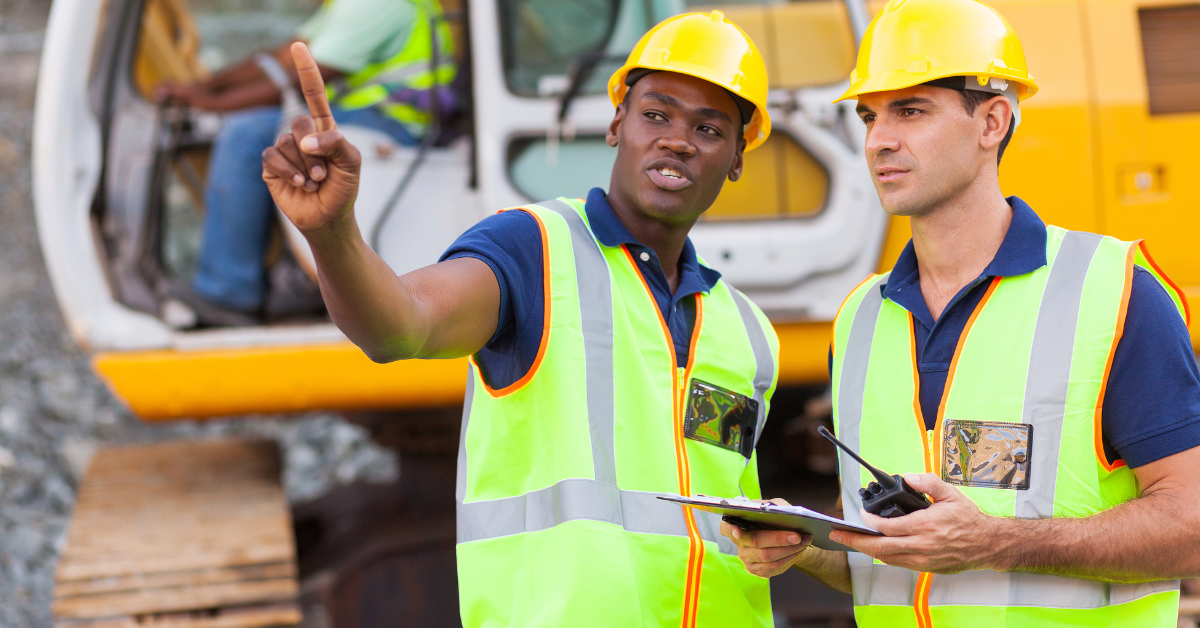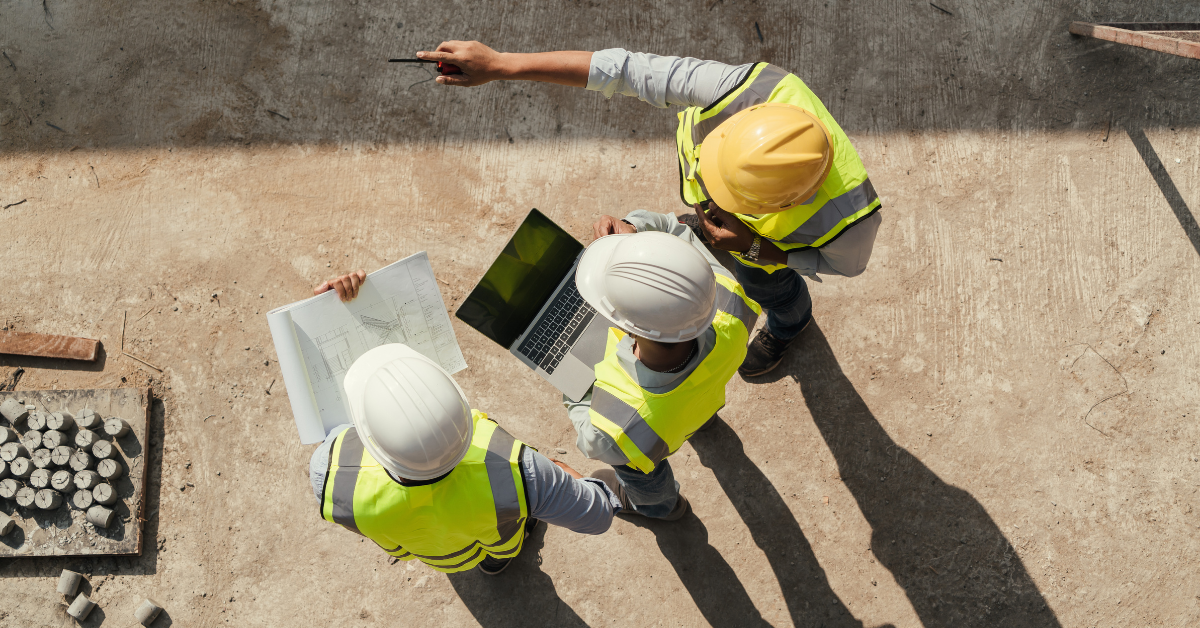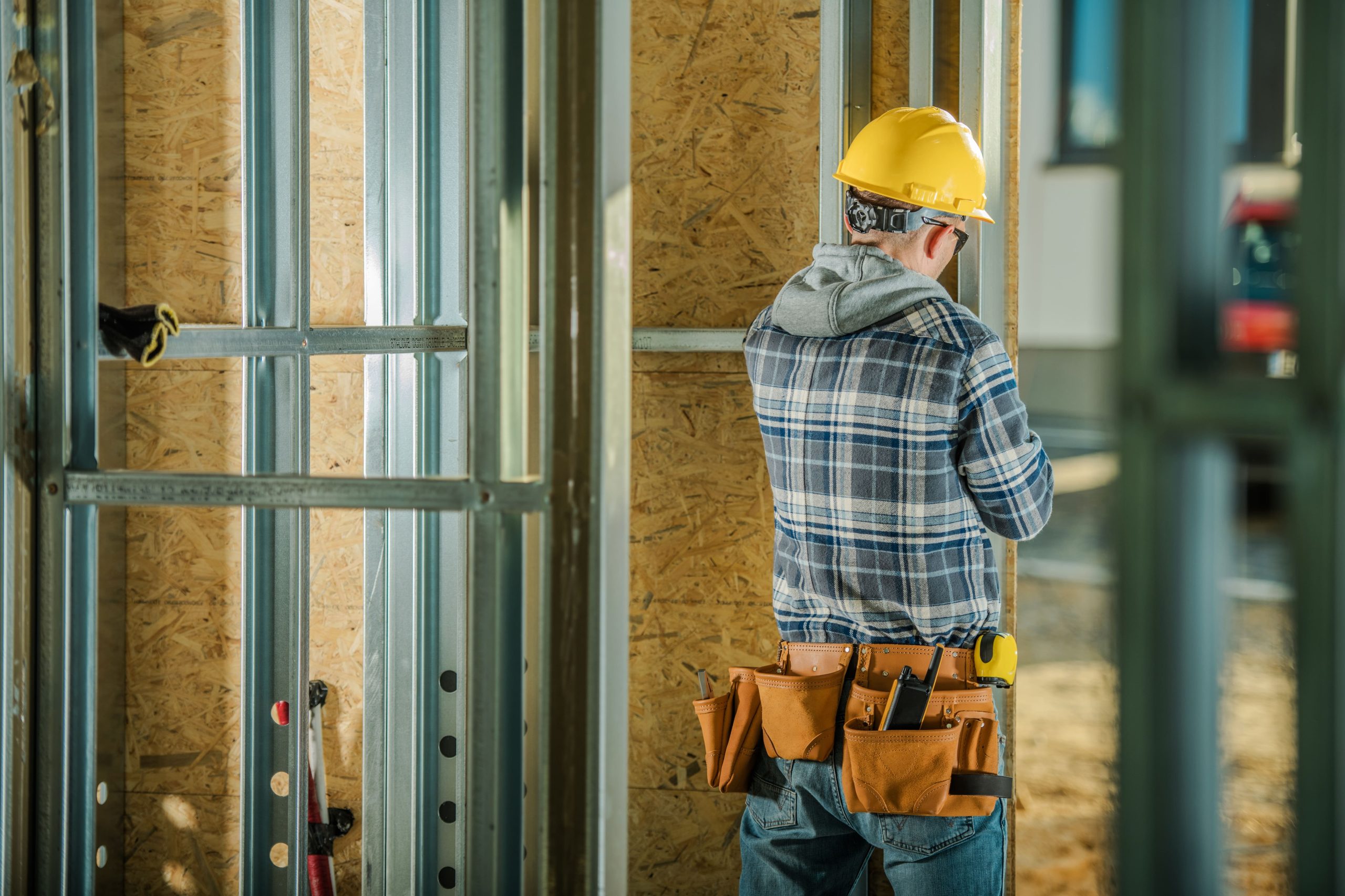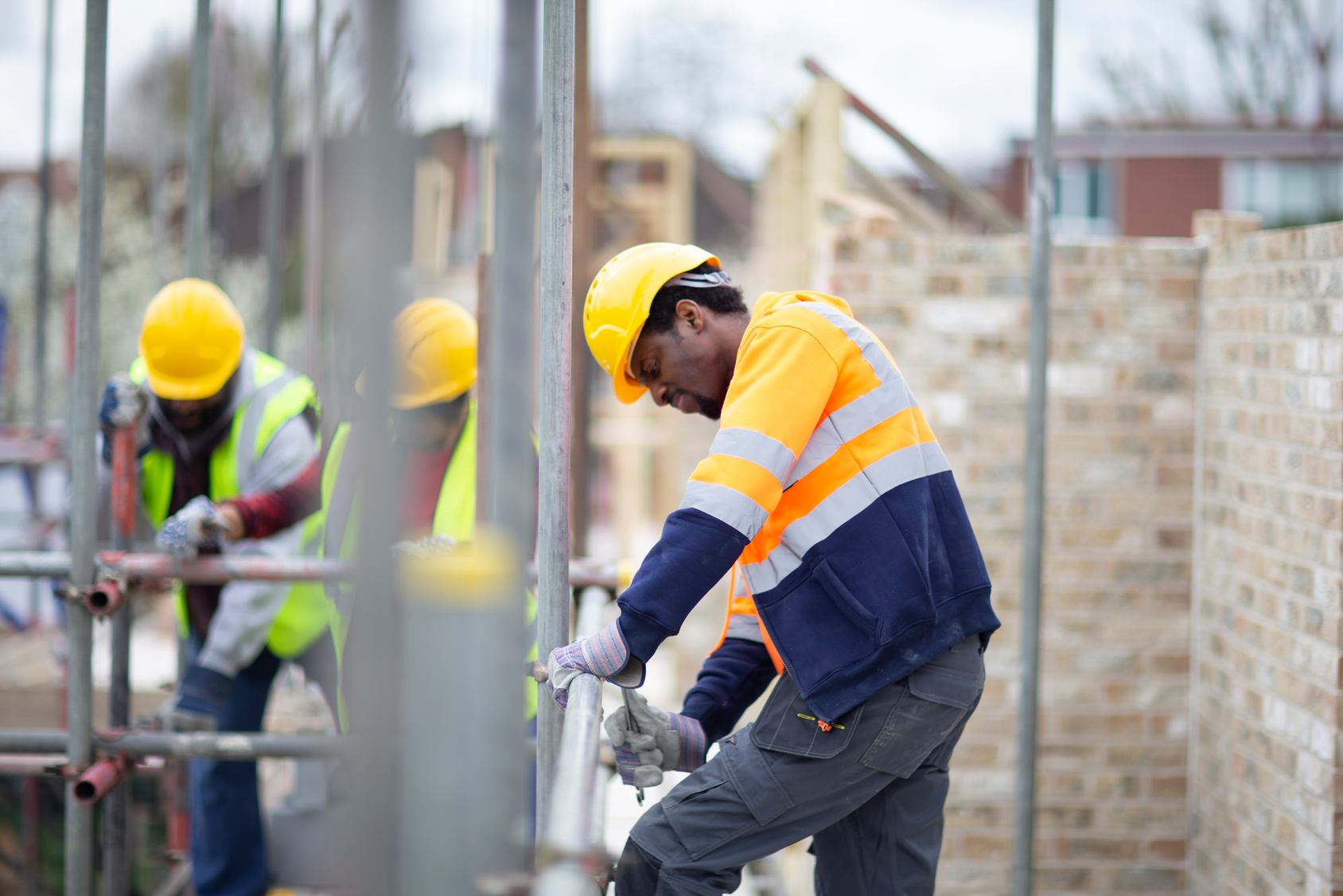As the construction job outlook stays bright, skilled trades workers have unearthed a treasure trove of career opportunities. Wages are up, job openings abound, and firms are reskilling and upskilling employees across the country.
However, the allure isn’t without its flaws. While construction leaders often measure success based on objective metrics—from profit margins to defect rates—employee happiness is often overlooked. For businesses, the health and satisfaction of workers are key indicators of long-term productivity and profitability.
So, the question remains: Are construction workers happy amidst the clang of machinery and demanding tasks onsite? We’ll explore the drivers of job satisfaction in the industry, so you can improve your employee retention and bottom line.
Breaking Down the Data: Are Construction Workers Happy?
Construction jobs aren’t easy, so you may be surprised to hear that the field boasts the highest job satisfaction in the country. BambooHR’s Employee Happiness Index found construction was the happiest industry throughout 2023, following over three years of high employee net promoter scores.
Tradespeople enjoy a handful of perks that are boosting morale, including rising pay with no college debt. The construction hiring boom has also led to skyrocketing job stability that brings employees peace of mind. Safety has become a priority, too. Today, 89% of construction workers have access to cutting-edge technologies that mitigate onsite hazards and physical demands.
There are caveats to the level of satisfaction in the construction field. First, the BambooHR report shows employee happiness across industries has reached a four-year low, which means optimism may only be relatively high. Plus, construction working conditions are still taxing, even if workers find their hands-on craft rewarding. The industry sees the third-highest stress levels and notable rates of mental health conditions like depression and PTSD.
The growing construction skills gap is expected to increase workloads in the coming years. In this high-pressure environment, prioritizing and regularly measuring employee happiness will be key to keeping your team productive and your projects on schedule.
3 Ways to Support Construction Worker Happiness
So, how can you boost job satisfaction on your construction sites? You need to make an intentional effort to help workers destress and find motivation. Here are three effective examples of strategies you can leverage.
1. Promote Work-Life Balance
Construction workers are no strangers to working overtime. As demand for labor rises, companies are increasingly offering overtime—and 57% of workers are seeking these opportunities to cover inflationary costs. However, in a CDC report that noted the high suicide rate in the construction industry, experts state long work hours take their psychological toll.
Recruiting skilled trades workers to cover more shifts—preventing back-to-back days of overtime—can promote employee happiness and well-being. But since firms can’t control the extra shifts workers take with other businesses, more must be done to ensure their work-life balance. Flexible hours can help reduce burnout (and its performance-sinking effects). When workers have more control over their schedules, they can work around their family needs and prioritize their personal interests.
It’s also important to encourage workers to take breaks throughout their shifts. Breaks relieve stress and can increase productivity by preventing mental and physical exhaustion.
Additionally, firms should provide access to mental health resources, such as dedicated counseling and informative pamphlets. This availability of these resources can encourage construction workers to proactively take care of their mental health and showcase your company’s willingness to offer support.
2. Enhance Safety Protocols
Construction jobs can put workers at risk for long-term medical conditions, such as lung cancer and COPD, as well as auditory issues and injuries. When safety isn’t a priority, these risks are particularly high. Taking the time to improve safety protocols—for instance, by optimizing processes, adding clear labels to machinery, and implementing regular training—can help ensure your workers maintain their quality of life.
Establishing a culture of safety can further enforce long-term employee happiness. When construction leaders are committed to keeping their team members safe—even if it means regular reminders to wear their PPE—workers may feel more valued. Plus, their anxieties regarding construction job risks may decrease.
3. Drive Social Connections
Loneliness is an epidemic in the construction industry. With 60% of workers reporting social isolation as a key stressor in the field, firms must actively encourage connections to increase workforce morale and decrease burnout.
Team-building activities, lunch socials, and even peer support networks can spark conversations that help employees feel like they have advocates in the workplace. These activities can also increase camaraderie in your team, ensuring a healthy, productive workplace.
Boost Construction Worker Happiness with Staffing Support
Prioritizing employee happiness isn’t always easy. Clients often require strict timelines, and keeping up with them requires all hands on deck, with overtime if critical skills gaps remain unfilled. However, construction workers need work-life balance and social connection to thrive onsite. Getting staffing support can take time off your hands—allowing you to focus on safety and employee wellness—while helping you hire tradespeople who can reduce the burden on your current team.
At Skinner, our experienced skilled trades recruiters leverage our vast network of highly qualified workers to connect you to the talent you need. We’ll find the right people for hard-to-fill positions, from pipefitters to electricians, to support your project needs.
